Lizard Skins is a pioneer in the drop-bar handlebar tape industry with the DSP bar tape providing a completely new feel compared to rivals. It is also the first company to apply 3D printing technology to handlebar grips but do the potential advantages outweigh the hefty cost?
Lizard Skins 3DGRP grips – Technical details
The 3DGRP is made in partnership with Carbon, a company that has pioneered 3D printing and partnered with a wide range of businesses with a portfolio that extends far beyond the cycling sector, including footwear midsoles and dentures. Carbon can use a variety of rigid and elastomeric materials and, several examples from the cycling industry, including 3D-printed saddles, demonstrate this potential.
Almost all 3D-printed elastomeric components carry a premium price and the 3DGRP continues that trend, priced at £52 for a set and only available in black. The grips are 133mm long, 32mm in diameter, and weigh 69 grams, including the plastic end plugs.
Lizard Skins recommends fitting using isopropyl alcohol or an air compressor, which are both usual methods for fitting grips. In over 20 years of riding mountain bikes, I've fitted plenty of grips and have never failed, except when using Momum Grip Glue, which dried almost instantaneously.
The Lizard Skins 3DGRP proved tough in terms of installation and potential buyers should be aware of this, otherwise, you may end up spending a lot of money without ever getting to use them.
In the first installation attempt, I used isopropyl alcohol sprayed onto the interior of the grip and handlebar. The grip stopped moving at the halfway point and there was no movement in the grip at all. I continued attempting to move the grip, spending a significant amount of time using both a compressed airline and a spoke to lift the grip slightly and spray isopropyl alcohol inside and attempting to move the grip but this did not work, and the grip was cut off. I successfully fitted a cut-down grip to a side with a grip-shift-style dual-lockout but this was still difficult and I couldn’t rotate the perforated section and align it for the perfect fit.
What about using compressed air? The grip is very tight against the surface of the handlebar and I found it hard to lift to fit an airline with a pointed air tip (football inflater type). The internal section material does not seem to be completely airtight, which is why using an airline often works so well on standard grips and the material is also susceptible to cuts, making the process tricky. Compared to all other traditional and silicone grips I have fitted, removed, and tested; I have not encountered the same problems that I had with the 3DGRP.
With a second set available, I attempted a re-fit to rule out tolerance or material issues but the outcome was the same. The difficulties, I feel, are a combination of the inner diameter being too small, the elastomeric material surface material, and both the compound and the construction ripping too easily, allowing air to leak out.
On my third effort, I was successful. To successfully fit I used the same amount of isopropyl but placed the bike with the opposite end of the handlebar on the ground, allowing me to apply more force to move it into place. With the grips fully set up, I was able to begin riding and testing.
Lizard Skins 3DGRP grips – Performance
The grip is divided into two sections along the circumference. The perforated area is softer than the solid area, so having them both in the same spot is key for riding comfort and, of course, looks. The same approach applies to other grips with an asymmetrical surface, as well as traditional grips with a similar design, including the ODI Reflex.
When riding, you can feel the difference between the perforated and solid areas but not enough to notice a significant improvement in support or comfort over other grips. I didn’t find the surface texture to be the most comfortable without gloves and it feels quite abrasive on the hand.
Given the difficulties in fitting the grips and the tight fit on the handlebar, I was certain that the grips would not slip. Unfortunately, after just a few rides, this is exactly what happened. During the ride, the left-hand grip began to rotate, making it easy to remove by hand. The grip was cut to match a Gripshift style dual-lockout, with a clean and straight cut made before mounting it to the handlebar.
I believe water/rain caused the initial slip. Slipping grips is not a problem particular to 3DGRP, which is why many methods of keeping them in place are used, including hairspray, lock-on clamps, and even specific grip glue products. While slipping can be a problem, it isn’t an issue I have experienced with silicone-style grips, even when cut to suit a grip shifter or lockout.
With the technology and method of 3D printing, I am sure that more could be done with the shape and material to increase ergonomics and construct something that is not possible with a standard grip. The technology already exists to map pressure points on a hand during a typical ride and use that to construct a grip that provides optimal support, comfort, and performance.
Some grips have multiple thickness options and Lizard Skins may add in the future but 3D printing could also improve common production processes by allowing for the creation of grips of varied densities.
We got in touch with Lizard Skins to address these issues and Ryan Huntington of the brand replied with the following statement. "We appreciate the feedback from off.road.cc . As we went through the design and testing of this grip, we found that it was vital to keep the inner diameter of the grip as small as possible so that the grip wouldn’t slip after installation. Because the inner diameter of the grip is small, we found it necessary to apply rubbing alcohol to the bar before installation and to apply a lot of rubbing alcohol to the inside of the 3DGRP.
Once the inside of the 3DGRP is completely coated with alcohol, it is then vital to install it immediately. When utilising this technique, we haven’t had issues during installation. We hope as riders test this grip; they will feel the comfort this grip provides. We love that we were able to combine differing layers of the proprietary Carbon DLS material to produce the lattice style design which provides comfort and control. The other thing to take note of is the weight of the grips. At a total weight of 68g, we are certain that these will be a hit for our cross-country riders around the world".
Lizard Skins 3DGRP grips – Verdict
The grips cost £52 a pair, which is pricier than all the grips we've tested – the only exception being the RevGrips Pro Series which has a vibration-damping system.
The 3DGRP doesn’t match other options based purely on performance. For pure comfort, the ESI Fatty silicone grip is thicker and is both my favourite and off.road.cc editor Aaron's, too, – but might be too soft for some. They are much easier to fit and, while silicone grips can be more fragile and the Fatty more expensive than other silicone grips, it is still half the price.
Within the off.road.cc team, Liam’s top pick is the PNW Loam grips, with lock-on attachment and, while the price has gone up since they were tested, they are still less than half the price at £25. The grips of choice for Pat are another Lizard Skins grip, the Oury V2 lock-on, priced at £30, and with a lock-on at least you can be sure of a simpler fit.
3D printing technology is being employed for more components and this will undoubtedly continue based on the many benefits it offers but the Lizard Skins 3DGRP appears to be a solution looking for a problem, with no performance advantages over regular grip choices.









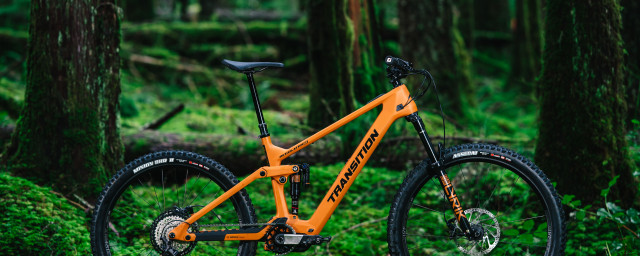


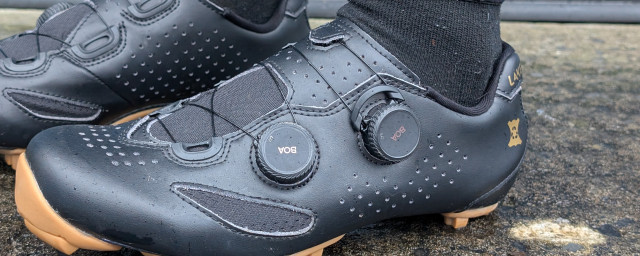
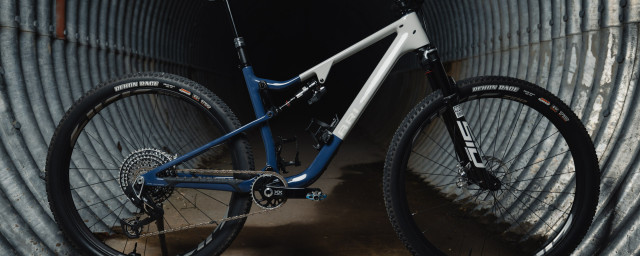
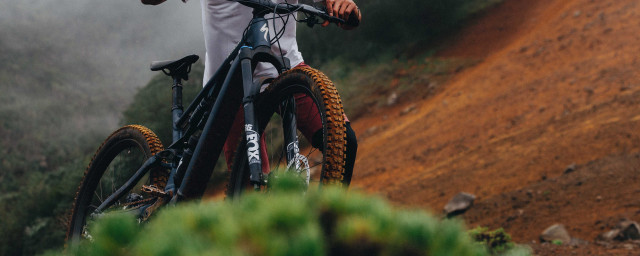
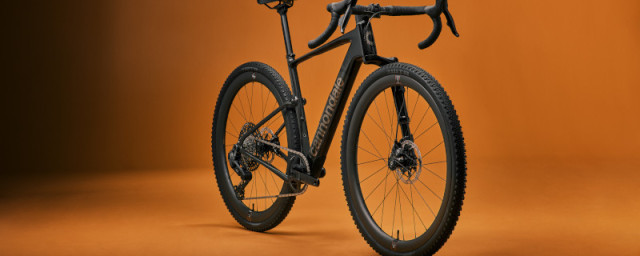
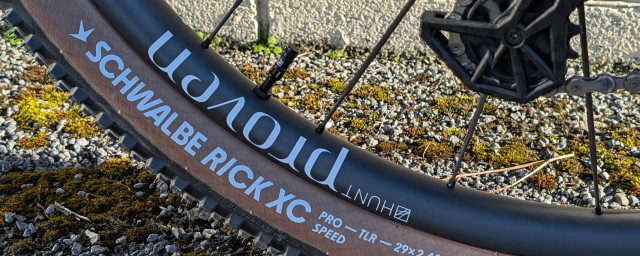
Add comment